Hello hello and welcome to another Friday Product Post here at SparkFun Electronics! As you may have noticed yesterday, Raspberry Pi announced their new Raspberry Pi 5 boards and several new accessories that go along with them. These boards come in 4GB and 8GB versions that are sure to appease your desktop computer and development project needs! Following that, we have three new boards from Arduino! Two new Nano boards that feature the popular ESP32 (you just have to decide whether or not your headers are already soldered on or not) and their new version of the Mega and Due, the Giga R1! Let's jump in and take a closer look at all of this week's new products!
Learn how the new Raspberry Pi 5 compares to the previous iteration!
The next iteration of the Raspberry Pi single board computer featuring a 64-bit quad-core Arm Cortex-A76 processor running at 2.4GHz, Raspberry Pi 5 4GB and 8GB delivers a 2–3× increase in CPU performance relative to Raspberry Pi 4. Alongside a substantial uplift in graphics performance from an 800MHz VideoCore VII GPU; dual 4Kp60 display output over HDMI; and state-of-the-art camera support from a rearchitected Raspberry Pi Image Signal Processor, it provides a smooth desktop experience for consumers, and opens the door to new applications for industrial customers.
These are basic kits in 4GB and 8GB versions for getting started with the Raspberry Pi 5. Included in the kit is a new power supply that meets the power needs for the 5. It also includes our choice for a microSD card for use with the Pi line that meets the specs set by the Raspberry Pi Foundation and has fantastic read/write speeds. In addition a MicroHDMI cable is included for interfacing an HDMI display with the Pi 5 and We've also thrown in our Qwiic Shim for Raspberry Pi, the quickest way to use I2C devices with the Raspberry Pi.
The Arduino GIGA R1 WiFi is designed for ambitious makers who want to step up their game. It levels the playing field for gamers, artists, sound designers and anyone coming to the tech world with big ideas on a budget – because it packs advanced features into an accessible component, with the same form factor as our popular Mega and Due.
Introducing the Nano ESP32 (with headers included or soldered on), a powerful addition to the Arduino ecosystem that brings the popular ESP32-S3 to the world of Arduino and MicroPython programming. Whether you're a beginner stepping into the world of IoT or MicroPython, or an advanced user looking to incorporate it into your next product, the Nano ESP32 is the perfect choice. It covers all your needs to kick-start your IoT or MicroPython project with ease.
The Raspberry Pi 5 case is a refinement of the Raspberry Pi 4 case. With improved thermal features to support the higher peak power consumption of Raspberry Pi 5, it integrates a variable-speed fan. The fan is powered and controlled from a dedicated connector on the Raspberry Pi 5 PCB.
The Raspberry Pi Active Cooler provides an alternative cooling solution for users who wish to use their Raspberry Pi 5 under sustained heavy load without a case. It combines a large metal heatsink with a variable-speed blower, again powered and controlled via the fan connector, and attaches to the Raspberry Pi 5 PCB via sprung pins into a pair of mounting holes.
The white or black Raspberry Pi 27W USB-C PD (Power Delivery) Power Supply will deliver a maximum of 5.1V, 5A enabling the Raspberry Pi 5 to power a wider range of peripherals. The total power drawn from the four USB ports on Raspberry Pi 5 is limited by default to a nominal 600mA; this limit is automatically increased to a nominal 1.6A when the USB-C PD Power Supply is detected.
These are 200mm display and camera cables for use with MIPI displays and the Raspberry Pi 5. The Raspberry Pi 5 provides two four-lane MIPI connectors, each of which can support either a camera or a display. These connectors use the same 22-way, 0.5mm-pitch “mini” FPC format as the Compute Module Development Kit, and require adapter cables to connect to the 15-way, 1mm-pitch “standard” format connectors on our current camera and display products.
The Edimax 2-in-1 Wi-Fi 4 N150 & Bluetooth® 4.2 Nano USB Adapter is a nano-sized USB Wi-Fi adapter with Bluetooth® 4.2 that supports Wi-Fi up to 150Mbps while allowing users to connect to all the latest Bluetooth® devices such as mobile phones, tablets, mice, keyboards, printers and more. Supporting the latest Bluetooth® 4.2 version, this adapter offers ultra-low power consumption with Bluetooth® Low Energy (BLE) while transferring data or connecting devices.
That's it for this week. As always, we can't wait to see what you make! Shoot us a tweet @sparkfun, or let us know on Instagram, Facebook or LinkedIn. Please be safe out there, be kind to one another! We'll be back with more new products next week so make sure to check back then. Happy hacking!
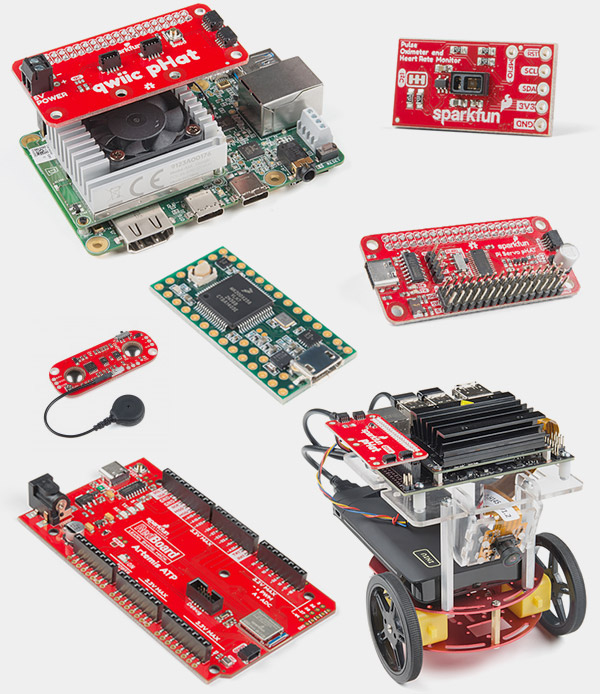
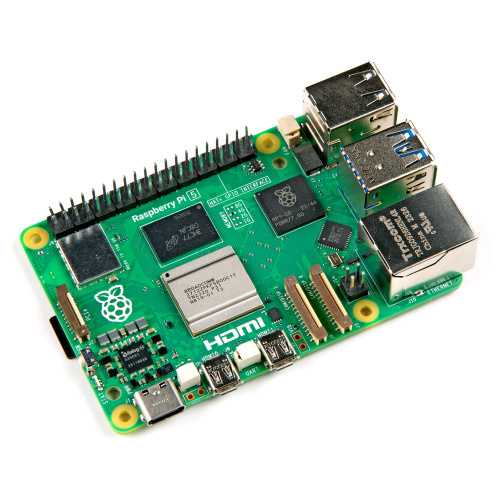
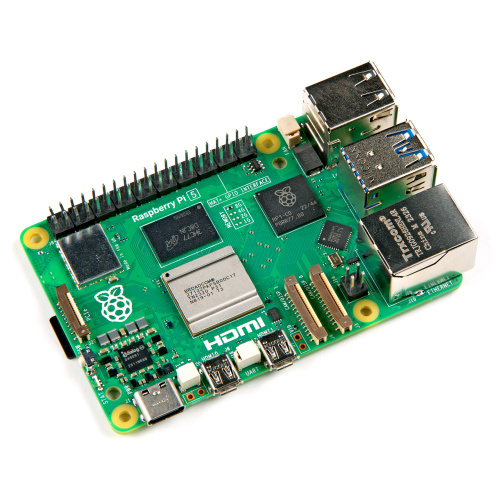

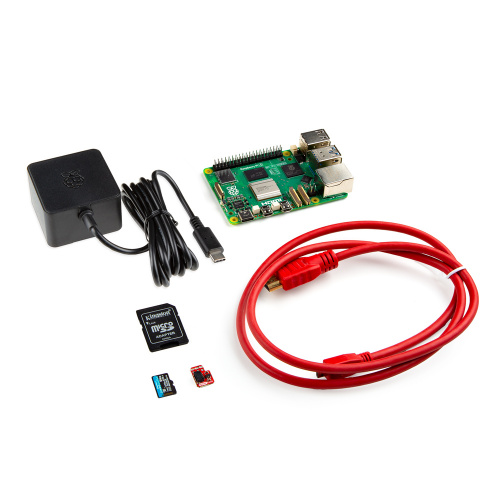

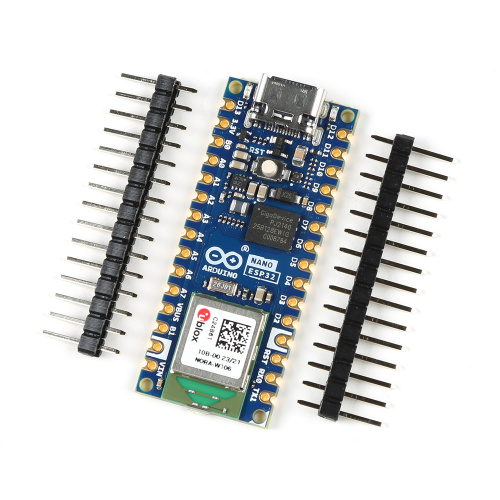
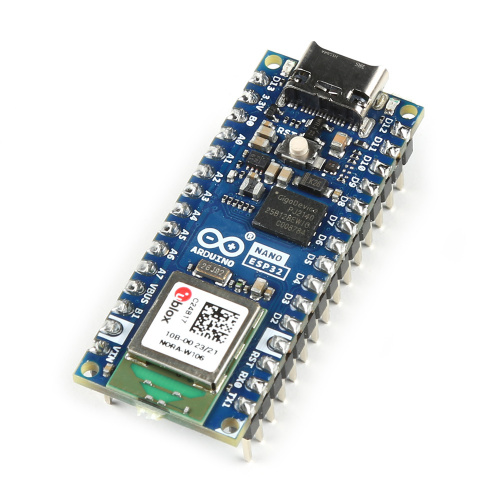

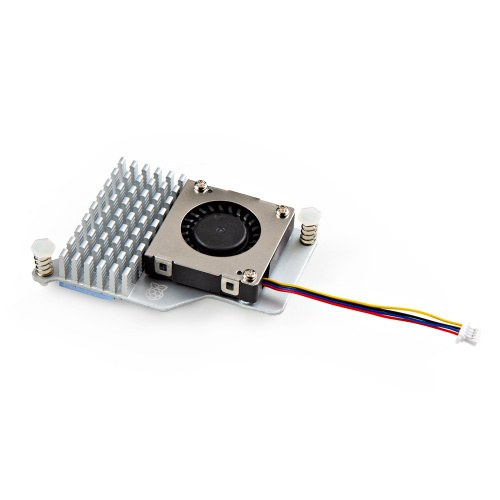
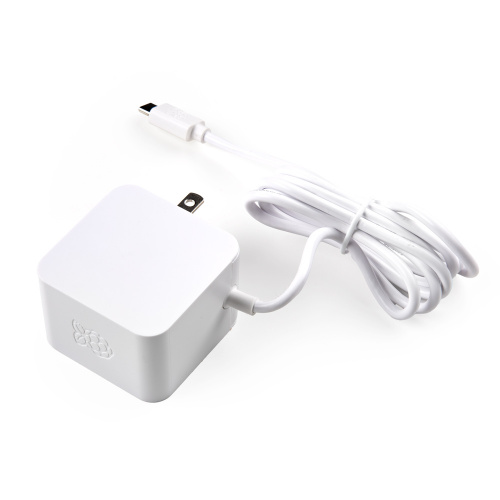
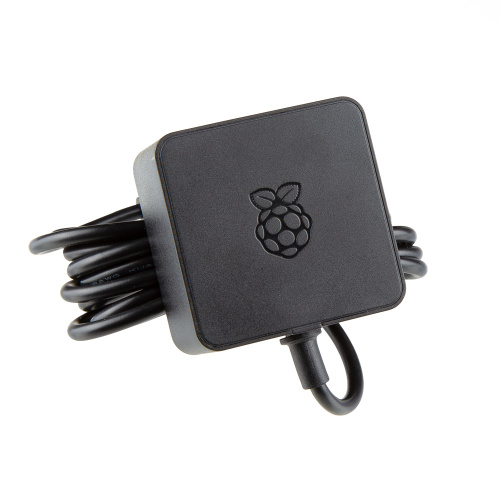
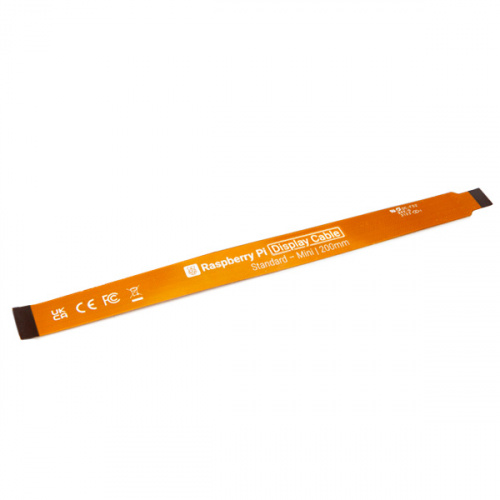

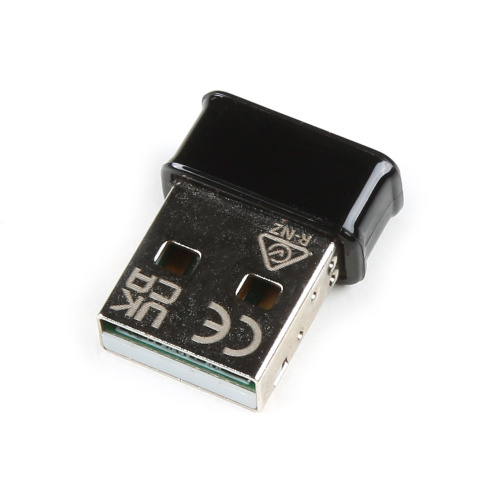






I'm kind of "chomping at the bit" to know more about the RTC battery requirements for the RPi 5. From the pics on the "official documents" it looks like it has a 2 pin JST connector for the battery -- I'm really curious as to whether it includes a charging circuit, or if like most RTC's is expected to run off a primary battery (such as a CR1225). Hopefully I'll find out by the time the ones I pre-ordered yesterday get here! ;-)
OK, found an "implication of an answer" -- over on Adafruit's "New Products" list is Raspberry Pi 5 RTC Battery. It's got a "rechargable" coin cell. They don't do "pre-orders", but you can sign up to be notified when it's available (though on more than one occasion the item in question was sold out by the time I saw the e-mail, so I had to sign up for notification again, only to repeat the cycle two or three times).
I finally had some time late yesterday to watch a couple of the videos on YouTube that reviewed the "pre-release" samples of the RPi 5 that they had received. One of the things that I caught was that the RTC is actually on the PMIC (Power Management IC), which, based on more than half a century in this business, at least improves the chances that the PMIC will include the capability to charge a backup battery.
I'd also note that the mere existance of a PMIC says to me, based on my experiencce and NOT on something I've read (or listened to) for the RPi 5, that the SoC's logic is actually running on something less than 2V, such as 1.8V. Several high-performance chips have moved the "power management" stuff off-chip (it's mainly charge pumps -- I knew the gent who invented the on-chip charge pump that allowed many ICs to be operated on a single voltage). I can see two advantages to this: first, the power management takes up a noticable amount of "real estate" on the chip, and second, it also generates a noticable amount of heat. There are two down-sides to moving it off-chip: first it means that more pins have to be allocated to power, but today, these pins aren't as precious as they were back in the days when most chips were in DIP packages, and second, there are some pretty tight timing issues on the sequence in which the various voltages come up (or down for turn-off) to not destroy the main (SoC) chip. The existance of the "south-bridge" chip, at least to me, strengthens the speculation that the SoC is actually running at a lower-than-3.3V idea, as it could easily provide the level shifting needed for "normal" 3.3V stuff to interface to the SoC.